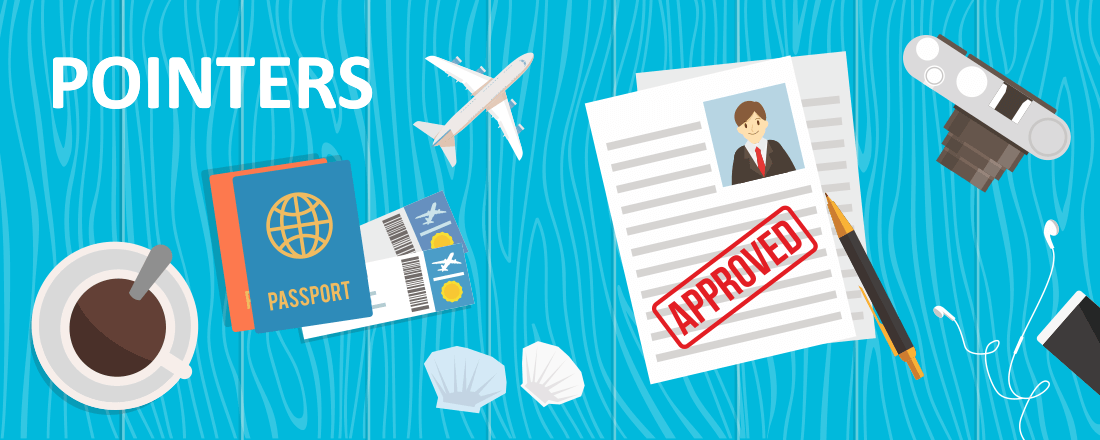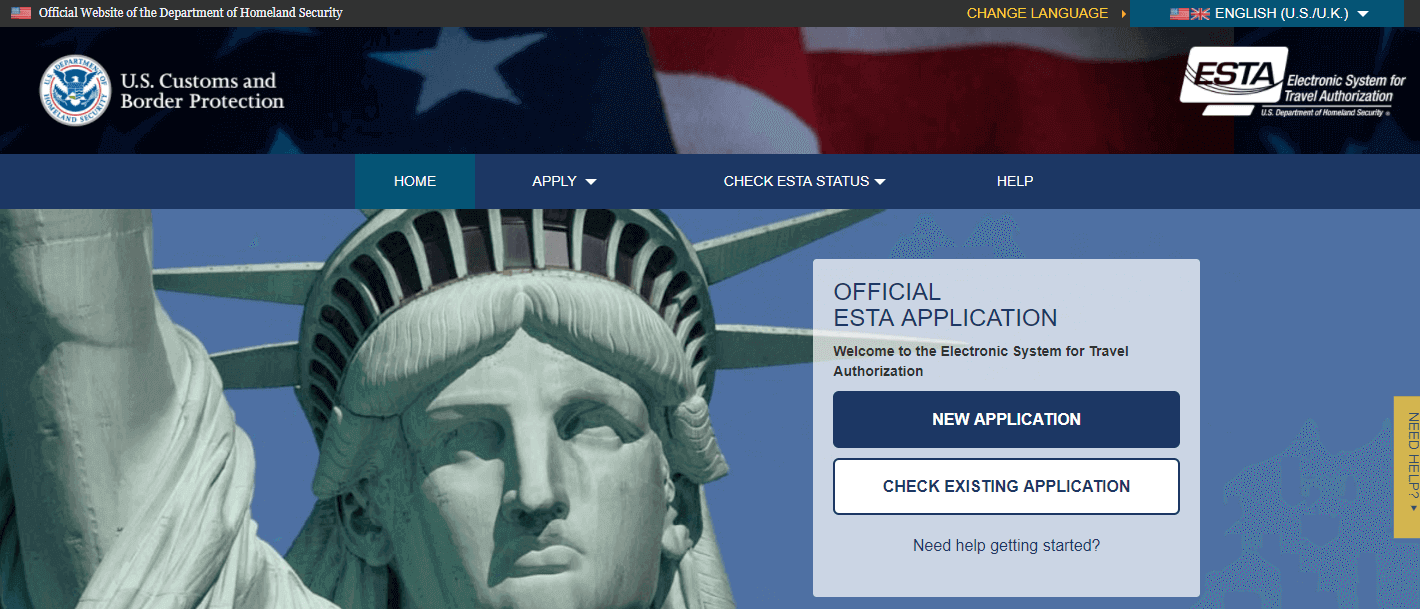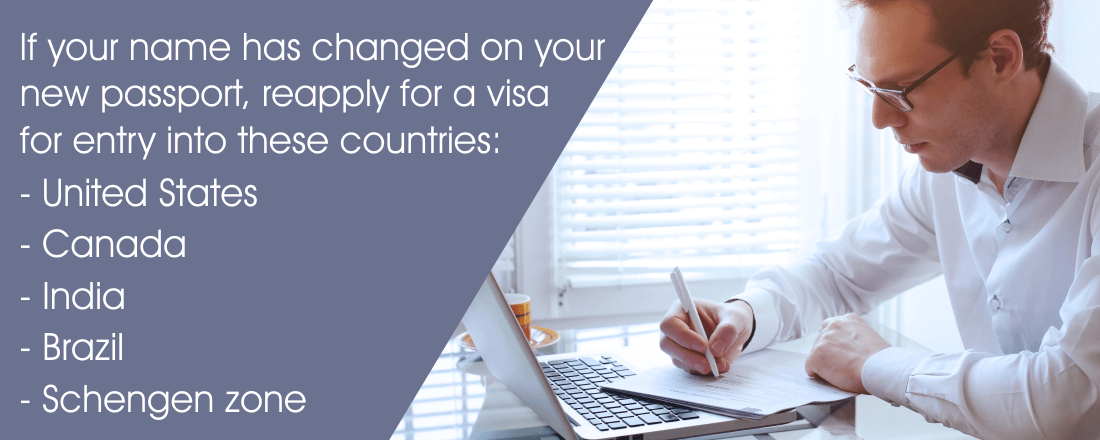
Say you’re planning a trip to a country for which you have a valid visa, but then you realize something: by the time you depart, your passport will have expired, but your visa will not have. What can you do?
Well, it depends on where you’d like to go. For many countries, like China, you do not need to reapply for a new visa even if the passport containing the visa has expired. You do, however, need to make sure that all of the information on both your old and new passport is consistent; if your name has changed on your new passport, for instance, you will need to reapply for a visa. The same is true for most countries; this works for entry into the United States, Canada, India, Brazil, and the Schengen zone as well as others.
There are a few countries that require notification of your updated passport number. For Australia, you simply need to update your passport information via your ImmiAccount or, alternatively, you may fill out a change-of-passport form.
However, if you are required to “transfer” the visa to a new passport, this is a little bit more complicated than removing the sticker and sticking it into the new one. In fact, don’t even think about doing that, as it invalidates the visa! In New Zealand, for example, your visa must be transferred to your new passport before using it again.
To do this, you will need to submit your old passport, your new passport, and fill out the proper paperwork. If you have all of these things, then no further steps are required; however, if your name has changed or you don’t have your old passport anymore, you will need some extra forms. You will need to provide evidence that your name has legally changed, or reasons detailing why you do not have your old passport, if that is the case. It may have been stolen, in which case a police report may be required; or you may not have received your old passport after renewal, in which case you must submit a letter which advises the consulate of this. Note that at least in New Zealand, a label-less eVisa does not require an application fee which is a major bonus!
Now, suppose you’re traveling to a country where the visa expires with your passport. In that case, you will unfortunately need to go through the visa renewal process for that country.
Note that this is not how it has always been, nor is it the way it may always be. Some nations, like Chile, required visas (both ways) until 2014 and a Chilean visa used to expire with your passport. However, now US citizens are able to enter Chile visa-free and Chileans can now take advantage of the ESTA program. ESTA, or Electronic System for Travel Authorization, is a portal through which citizens from certain countries can apply for authorization to travel within the US, but it is not a visa program. On the contrary; ESTA is a direct result of the Visa Waiver Program.
Similar to the ways by which US citizens are able to enter the Schengen area for periods of 90 days or less, citizens of countries participating in the Visa Waiver Program are able to enter the United States for the purpose of business or pleasure over the same time constraint. However, traveling to the US for the purpose of working or studying does require a visa, even for citizens of countries that participate in the Visa Waiver Program.
As of today, 38 countries participate in this program including most of the Schengen nations and a few others, such as New Zealand, South Korea, and the United Kingdom. However, this program comes with some stipulations; as of the enactment of the Visa Waiver Program Improvement and Terrorist Travel Prevention Act of 2015, citizens of VWP countries cannot have “been present in Iran, Iraq, Libya, Somalia, Sudan, Syria, or Yemen on or after March 1, 2011.” Additionally, dual nationals of a VWP nation as well as Iran, Iraq, Sudan, or Syria are not eligible to apply for ESTA. Of course, there are some exceptions for diplomatic or military presence, and individuals to which this act applies can still go through the US visa process.
The application for ESTA is far faster and much more efficient than the visa process, which probably comes as a sigh of relief for citizens wishing to visit the US from VWP countries! According to the US Department of Homeland Security, the majority of prospective travelers are approved within five seconds of submitting an application. Five seconds certainly beats the processing time for most visa applications!

If you are a US citizen, there is some reciprocity here. Citizens of the US can generally travel to these nations visa-free (or at least, free of charge) for a period of 90 days or less within a 180 day time frame. Because of this, many US travelers seldom deal with the hassle of a visa process if they travel in the short term.
However, this is obviously not always the case, and it is a supreme pain to have to reapply for a visa just because your visa-holding passport hits its expiration date. Luckily, you likely will not have to reapply until the visa itself expires, provided none of your information has changed.
As long as your name, nationality, sex, and date of birth are consistent between your old and new passports, you are generally allowed to travel with both passports on hand with no trouble at all. There are some notable exceptions, including Australia where you must update your passport information before arrival, and New Zealand where you must have your visa transferred to your new passport before traveling.
As with anything, do make sure to look up the visa requirements and passport expiration policy for each nation for which you hold a visa. The good news is, you will most likely be alright to travel with both passports!






